- Markforged Onyx Filament Review & Alternatives [2024] - December 11, 2024
- 17 Best Professional 3D Printers: Commercial, Desktop, & Industrial [2024] - December 10, 2024
- Best 3D Printers (Industrial, Desktop, & More) [2024 Guide] - July 20, 2024
Metal 3D printing, like other 3D printing technologies, is a popular alternative to traditional manufacturing methods. Metal 3D printing can create strong, durable products with complex geometries and specific customization requirements.
Plus, metal 3D printing isn’t the only 3D printing technology that can create functioning end parts with intricate details. Other 3D printing technologies (like polymer 3D printing) can also reduce production costs, shorten design cycles, and result in a quicker time to market.
This post will review both the best metal 3D printers in the market as well as alternative 3D printing technology options.
What is Metal 3D Printing?
Metal 3D printing is an additive manufacturing technique that fuses metal particles using high temperatures derived from lasers or electron beams. The process creates metal objects by sintering, melting, or welding layers of metal or metal powder until a part is complete.
Metal 3D printing often uses stainless steel, aluminum, bronze, and titanium materials for creating prototypes and end-use parts. Alumide, a powder, is a mixture of polyamide and gray aluminum powder that’s used for creating functional parts and products with a metallic finish.
The biggest challenges for metal 3D printing are very high costs and low dimensional accuracy. Some 3D metal printing technologies require secondary machining to achieve the required tolerances.
Metal 3D Printing Technologies
Various metal 3D printing technologies can 3D print with metal materials, including powder bed fusion, direct energy deposition, material extrusion, selective laser sintering, and binder jetting. Material extrusion and binder jetting required additional debinding and sintering to produce finished parts.
We’ll go into more detail about metal 3D printing process below, but for now, let’s dive into some of the best metal 3D printers in the industry.
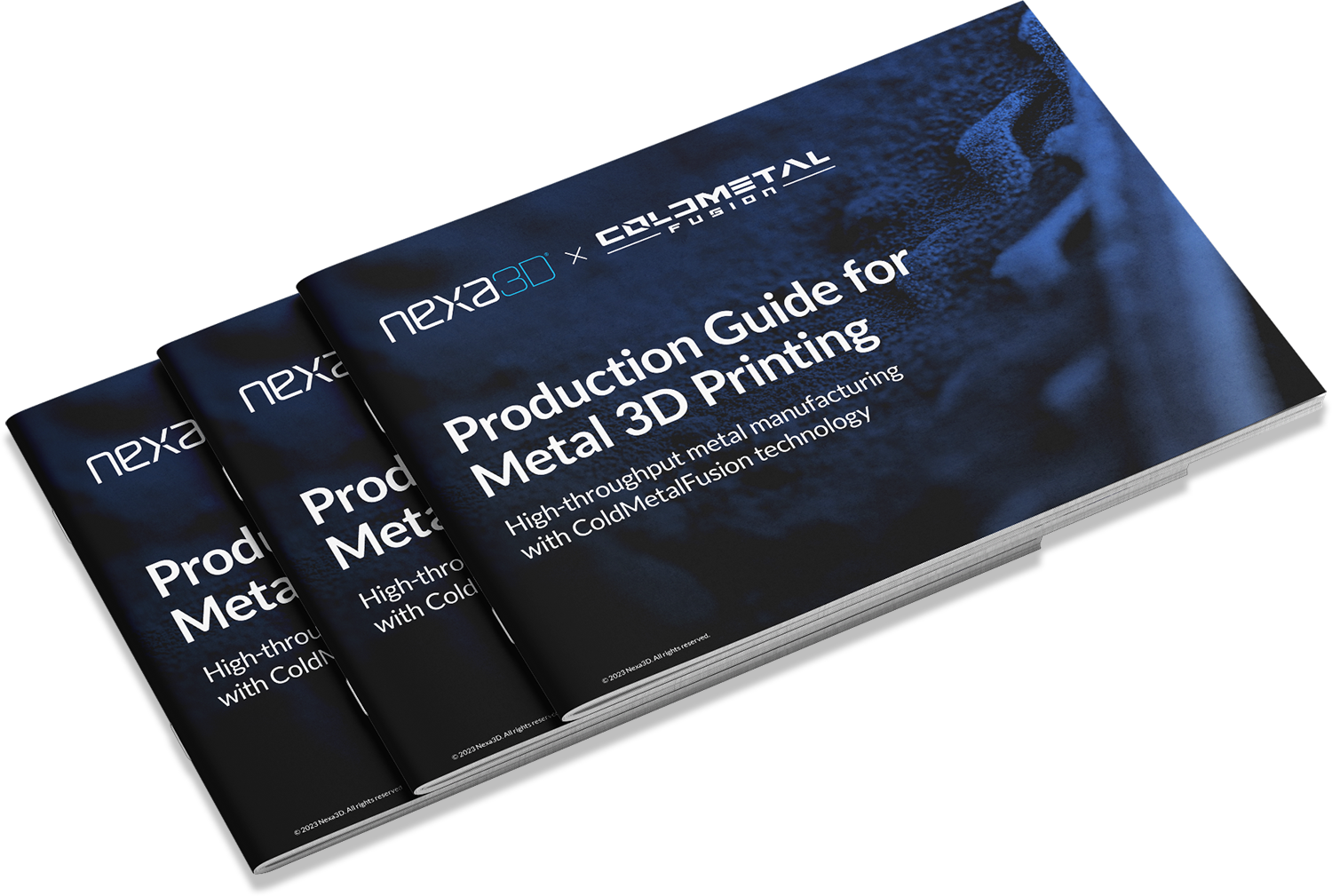
Production Guide to Metal 3D Printing
This guide provides an overview of CMF’s features, the sinter-based 3D printing process, the characteristics of metal 3D printed parts, and its potential for revolutionizing metal part production.
Best Metal 3D Printers
Here are some of the most popular metal 3D printers on the market today.
1. Nexa3D QLS 230 & QLS 236
Nexa3D’s new QLS 230 and QLS 236 are open-platform SLS 3D printers. The QLS 230 and 236 are compatible with Cold Metal Fusion by Headmade Materials, a patented process combining fast cycle sintering with established powder metallurgy processes to create titanium and steel parts.
Using a polymer-coated metal powder, the QLS 230 & QLS 236 3D printers produce ‘green’ parts in a low-temperature processing environment. Parts then go through a secondary debinding and sintering process that burns out any remaining polymer and sinters metal particles together to form final metal components.
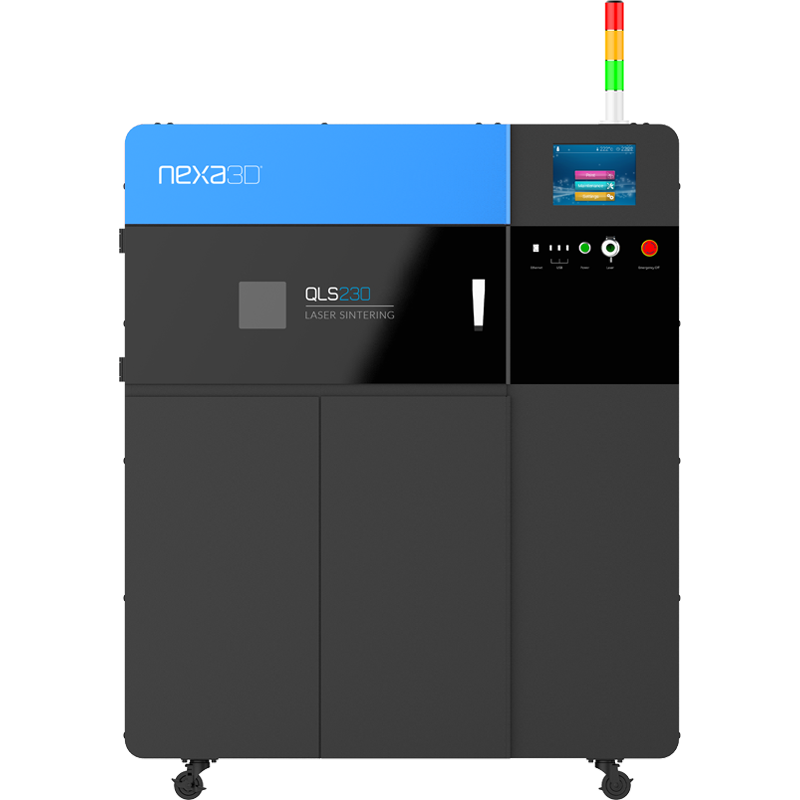
Nexa3D QLS 230
The QLS 230 provides a 24-hour cycle speed using a single 30 Watt CO2 laser to produce prototypes with robust mechanical and thermal properties and can use 10+ qualified nylon and metal materials.
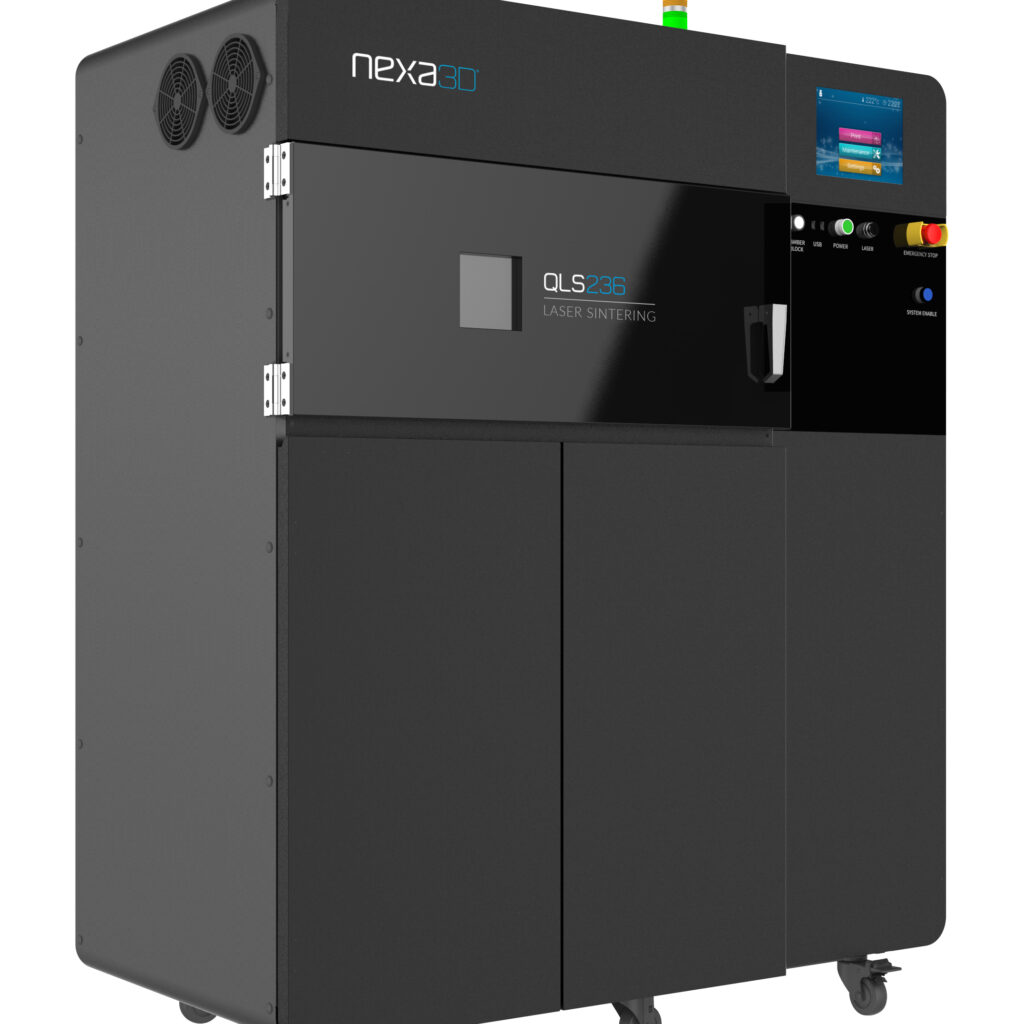
Nexa3D QLS 236
While the QLS 236 has an unrivaled 21-hour cycle speed and uses a single 60 Watt CO2 laser to produce prototypes and production parts with robust mechanical and thermal properties. The QLS 236 is also an open platform printer with 16+ qualified materials.
Pros:
- Compatible with a wide range of materials.
- Increased daily output (cycle time of just 21-24 hours where the required cooling period is only 2 hours).
- Lowest entry point in the professional selective laser sintering market, combined with lower operating costs due to its powder refresh rate of just 20% and use of third-party materials.
Cons:
- Not suitable for hobbyists
Get Started with Metal 3D Printing
2. Markforged MetalX

Markforged MetalX uses proprietary software, Eigar, to print metal injection molding (MIM) parts with various materials such as stainless steel, copper, tool steel, and Inconel.
The Metal X is a FFF 3D printer that features a precision machined gantry, heated chamber and print bed, and advanced extrusion hardware.
MetalX can print parts up to 300 x 220 x 180 mm and has a Z-layer resolution of 50 microns. It has a physical dimension of 575 x 467 x 1120 mm and weighs 75 kg.
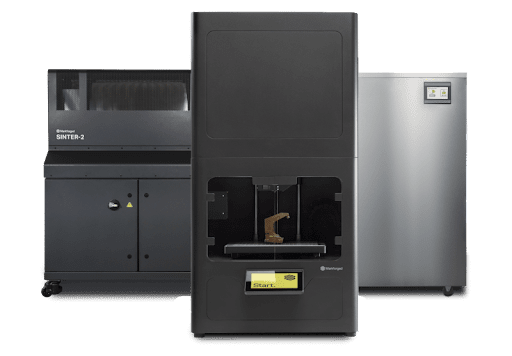
Pros:
- It can operate in an office space.
- MetalX accommodates regular FDM skills.
- It has easily accessible filaments.
Cons:
- Visible layer lines can be an issue.
- It has comparably low-resolution prints.
- MetalX is not as strong as other metal printing processes.
3. Desktop Metal Studio System 2

Desktop Metal Studio System 2 uses a patented software called Live Sinter to print parts with various metals. It has a build area of 30 x 20 x 20 cm and a print head of about 250um.
The Metal Studio System 2 has a physical dimension of 94 x 82 x 53 cm and works for various metal materials like stainless steel, aluminum, copper, alloy, and cobalt-chrome.
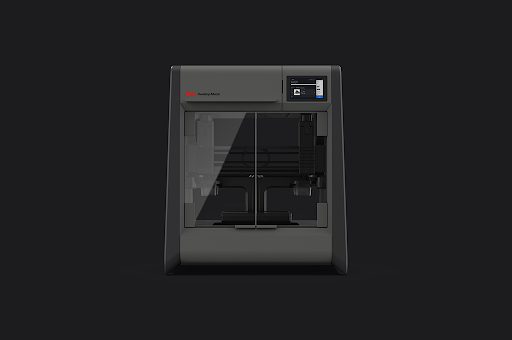
Pros:
- The Metal Studio System is an FDM-styled printer, which printers may be familiar with.
- It has easy-to-use filaments.
- The Metal Studio System is a desktop-friendly printer.
Cons:
- The FDM parts can be weaker than other 3D printing processes.
- Its layer lines are extremely visible.
- The print nozzles can wear out quickly.
4. Trumpf Truprint 1000
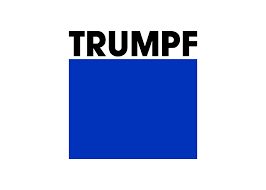
The Trumpf Truprint 1000 is a hybrid 3D printing machine that combines laser metal fusion (LMF) and laser metal deposition (LMD) technologies. The printer runs on TruTops print software and prints parts with a large selection of metals like stainless steel, titanium, aluminum, nickel basis, and precious alloys.
The Trumpf Truprint 1000 has a build volume of 98mm x 100mm and a layer resolution of 20-60 microns. It also has a physical dimension of 780 x 2050 x 1160 mm and weighs almost 900 kg.
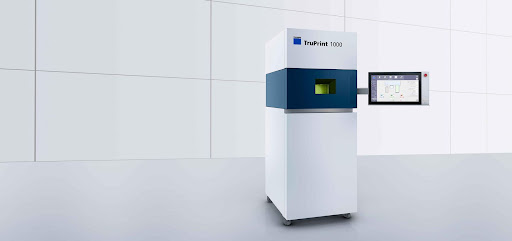
Pros:
- Trumpf uses a well-known laser sintering process.
- It works well in small spaces like a lab or office.
- It has a quick part turnaround.
Cons:
- The 3D printer has a limited build volume.
- High-powered lasers can add additional risk.
5. HP Metal Jet

HP Metal Jet offers high-volume metal printing and uses a proprietary Metal Jet Studio software called Dyndrite. HP Metal Jet prints metal parts with stainless steel, nickel-based alloys, titanium, and other metals.
The HP Metal Jet processes are similar to the binder jetting metal 3D printer. It weighs up to 851 kg.
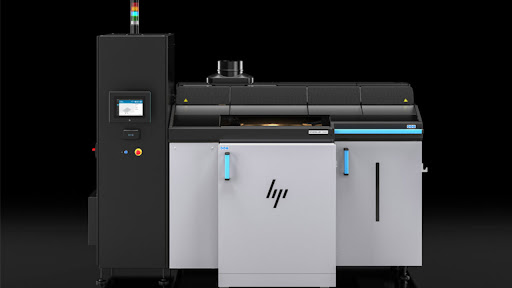
Pros:
- It uses well-known inkjet technology developed by HP.
- It’s a good option for large build volumes.
Cons:
- Expensive to own and operate.
- It is a very large machine.
6. Rapidia Metal

Rapidia Metal combines powder bed fusion and binder jetting technology to produce metal parts using various metals like tool steel, aluminum, copper, titanium, cobalt chrome, and more. Rapidia Metal uses a water-based technology to create complex geometries in a single print job.
Rapidia Metal has a build volume of 200mm x 240mm x 150mm with a layer height of up to 75 microns. It also has a physical dimension of 210 mm x 110 mm x 84 mm and weighs less than 130 kg.
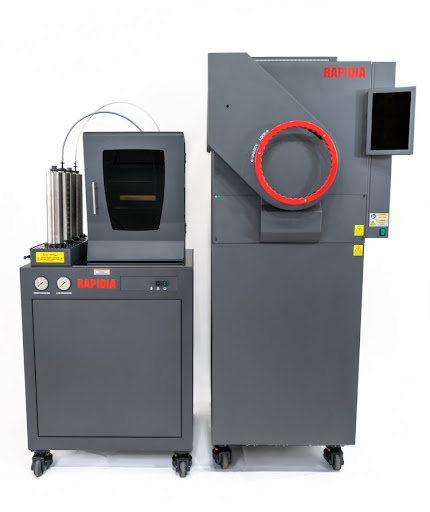
Pros:
- Requires FDM skill set to operate.
- It is suitable for offices.
Cons:
- The metal paste can be messy if not handled correctly.
- Rapidia has a small build volume.
7. Velo3D Sapphire
![]()
Velo3D Sapphire uses laser powder bed fusion to print metal parts. Velo3D Sapphire prints stainless steel, aluminum, cobalt chrome, copper, scandium, and nickel-based alloys.
This metal 3D printer can print complex geometries, including low-angle prints down to zero degrees, high aspect ratio structures up to 3000:1, and large inner diameters up to 100 mm.

Pros:
- It has a high throughput and part accuracy.
- A offers a complete production environment.
Cons:
- It is an extremely large machine.
- It is only suitable for an industrial environment, not for the office or small lab.
- It uses high-powered lasers.
8. Renishaw RenAM

Renishaw RenAM runs on the InfiniAM and QuantAM software and features four 500W lasers. It prints complex metal parts with various metals such as aluminum, stainless steel, titanium, cobalt chrome, and nickel alloy.
RenAM Metal 3D Printer has a build volume of 250 mm x 250 mm x 350 mm with 50 microns layer resolution. Its physical dimension is 1700mm x 2200mm x 2120mm, weighing up to 1250 kg.
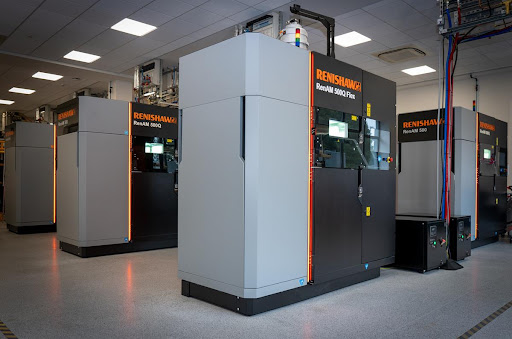 .
.
Pros:
- It has a good software package for remote monitoring.
- You can easily integrate it into an existing production line.
Cons:
- It has a limited build volume.
- It uses high-powered lasers.
- It’s likely too large for an office setting.
9. XJet Carmel 700M

XJet Carmel 700M features Metal NanoParticle Jetting technology which uses atomized metal nanocrystals to create geometries with metals like stainless steel, cobalt chrome, nickel alloys, titanium, and more.
XJet Metal 3D Printer has a build size of 501 mm x 140 mm x 200 mm with an accuracy of up to 25 microns. The physical dimension of this Metal 3D Printer is 3100 × 1850 × 2120 mm, and it weighs up to 2960 kg.
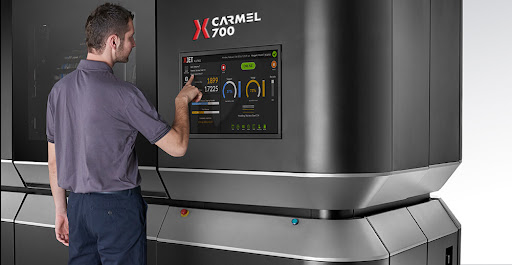
Pros:
- XJet Metal 3D Printer has a palmer-based binder, not high-power lasers.
- It has a build size large enough for complex geometries.
- The nano-particles are safe to handle.
Cons:
- It is not as strong as laser-sintered parts.
- Metal powders can get loose in the work environment.
10. Sciaky EBAM 300

Sciaky EBAM 300 works with electronic beam additive manufacturing (EBAM) technology to print with metals such as niobium, zircaloy, copper, titanium, stainless steel, aluminum, cobalt chrome, and more.
This metal 3D printer has a work envelope of 5791 mm x 1219 mm x 1219 mm and can also produce parts up to 8 inches in diameter. The layer resolution and accuracy is up to 30 microns.
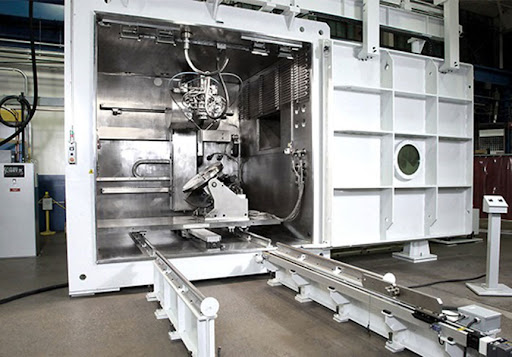
Pros:
- A high-powered electron beam heats the metal quickly.
- It has a large build volume and can print big parts.
- It uses high-quality materials.
Cons:
- It requires an extremely large space.
- It has a bulky footprint.
- High power consumption.
11. SLM Solutions SLM 125

SLM Solutions SLM 125 uses selective laser melting technology to print metal parts. This printer melts and fuses metal powder layer by layer and prints with various metals, such as alloy, aluminum, stainless steel, and cobalt chrome.
SLM Metal 3D Printer has a build volume of 125 mm x 125 mm x 125 mm with an accuracy of up to 30 microns. Its physical dimension is 1400 mm x 900 mm x 2460 mm, and it weighs up to 750kg.
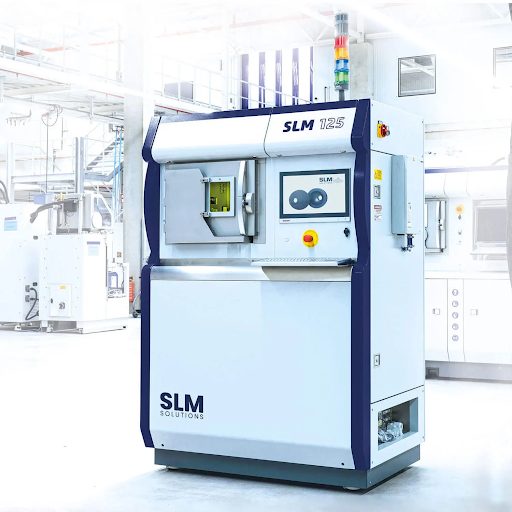
Pros:
- It is suitable for the medical implant market.
- The printer can fit in a small space like a medical lab or small office
- It has medical-grade metal powders.
Cons:
- The printer has a small print size.
- It uses high-power lasers.
- It has a relatively high price per part size.
12. EOS M 100

EOS M 100 Metal uses the Direct Metal Laser Sintering (DMLS) process to print with metals. It has a fiber laser that melts print materials like aluminum, stainless steel, cobalt chrome, titanium alloy, nickel-based alloys, and other metals.
EOS Metal 3D Printer has a build volume of 100mm x 100mm x 95 mm and a scanning speed of up to 7m/s. The physical dimension of the Metal 3D Printer is 800 × 950 × 2250 mm.
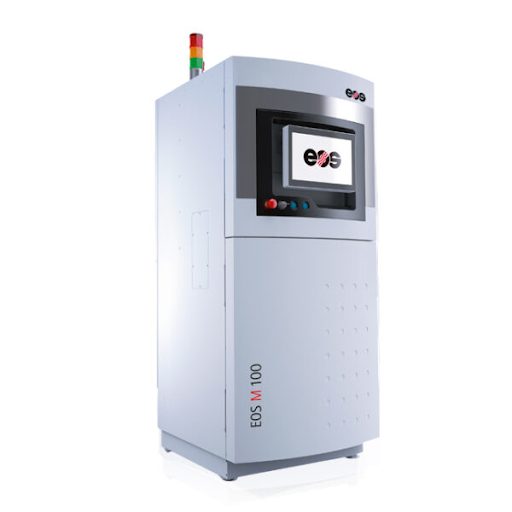
Pros:
- It has a relatively-good print size.
- It is suitable for a larger office setting or a smaller factory environment.
Cons:
- It uses high-powered lasers.
- The metal powders can become messy.
- Its print size can be too small for some customers.
Metal 3D Printing vs. Polymer 3D Printing
While metal 3D printing can create durable parts with complex geometries, it does have its limitations. It can be an expensive process and build size is limited.
Other 3D printing processes, like polymer 3D printing, have the benefits of metal 3D printing–producing intricately detailed end-parts–while also reducing production costs and offering rapid-prototyping capabilities.
Let’s compare the two.
Polymer 3D Printing
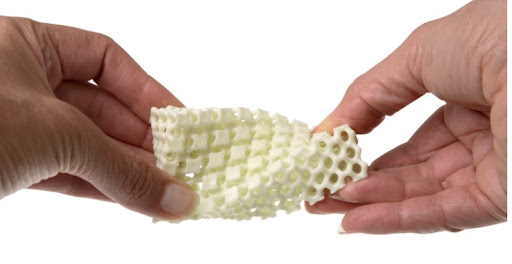
Polymer 3D printing uses resin, extrusion, and powder 3D printing processes to create designs with diverse architectures, structures, and layouts that are not feasible with other technologies.
Polymer 3D printing accommodates a wider range of commercially available polymers, like acrylonitrile butadiene styrene (ABS), polycarbonate (PC), poly ether ester ketone (PEEK), polyetherimide (ULTEM), polylactic acid (PLA), and thermoplastic elastomers (TPE).
Additive Manufacturing Technologies Used:
Polymer 3D printing technologies and processes include the following:
- Vat Photopolymerization: The vat photopolymerization process is an additive manufacturing technique that produces 3D objects by selectively curing photopolymer liquid resin through light-activated polymerization. The evolution of this process includes Stereolithography (SLA), Digital Light Processing (DLP), and Masked Stereolithography (mSLA).
- Material Extrusion: Material extrusion is a polymer 3D printing technology that uses a continuous material filament to create objects. Popular examples are Fused Filament Fabrication (FFF), Digital Light Processing (DLP), and Multi Jet Fusion (MJF).
- Powder Bed Fusion: Here, an electron beam or laser selectively melts the powder material layer by layer. The most common type is Selective Laser Sintering/Melting (SLS/SLM).
- Material Jetting with Resin: This process involves printing 3D objects with photopolymer resins. It works the same way as a 2D printer.
Pros
Some of the benefits of using Polymer 3D printing include the following:
- Reduced cost: 3D printing with polymers can help businesses reduce the cost of manufacturing by eliminating the need for tooling and assembly. Since polymer 3D printing is fast and efficient, businesses can save money on inventory costs by only producing parts and products when they are needed.
- Improved sustainability: Polymer 3D printing eliminates the need to mass produce potentially short-lived plastic components, which can often go to waste. It enables on-demand printing, eliminating the need for large stockpiles of unused parts. Additionally, 3D printing reduces transportation and logistics costs, helping to reduce an organization’s carbon impact overall.
- Rapid Prototyping: Advanced Polymer 3D printers with mSLA technologies have reduced production time. Through their LCD light engines, they can project UV light across the build platform to simultaneously cure a full layer of the print.
- Increased complexity: 3D printing offers better printing qualities for complex designs. The technology can create parts with intricate designs that would be impossible to create with traditional manufacturing methods. Resin 3D printers can print resolutions as low as 10 microns, creating products with very fine features and a reduced need for post-processing.
Cons
Some of the drawbacks include:
- Speed vs. print quality: Some polymer 3D printers can sacrifice some print quality for faster production time. When using traditional SLA 3D printers, one of the limiting factors is the delamination forces during printing. Once layers are added during the printing process, they tend to be very fragile and sensitive to peeling forces, and that is why SLA 3D printers print at low speed, so as not to jeopardize the print structure during the printing process. The Nexa3D printers use a patented Lubricant Sublayer Photo-curing (LSPc) process that has a self-lubricated membrane. The self-lubricated membrane eliminates the forces between the parts being printed, therefore enabling fast print speed without sacrificing the print quality or surface finish.
- Heat Management: Heat management is an inherent challenge in 3D printing. The heating and cooling process of polymer 3D printing can produce undesirable results, such as warping and cracking. Fortunately, these problems can be prevented by using a 3D printer with active temperature control. Nexa3D’s LSPc technology uses an internal chamber heater and an external build plate cooling system to ensure that the build area is kept at a consistent temperature.
Learn more about polymer 3D printing
Metal 3D Printing

Additive Manufacturing Technologies Used:
Metal 3D printing technologies and processes include:
- Cold metal fusion: This metal 3D printing process by Nexa3D is very similar to metal injection molding but with the added design freedom and fast production typically associated with 3D printing. Utilizing patented metal powder feedstock from headmade® materials, this unique feedstock has a thin polymer coating over each metal particle used to bond each particle together during the sintering process. Each particle is sintered at a low temperature in Nexa3D’s fast-cycle QLS platforms. Once your parts are completed, they go through our validated debinding and sintering processes to burnout the polymer and produce fully-metal components.
- Powder bed fusion: In powder bed fusion, a laser or an electron beam selectively melts the powder material layer by layer. The process begins with a layer of powder spread evenly over the build platform and then the laser or electron beam fuses the powder to form the desired shape. The build platform is lowered, and another layer of powder is spread over it. The most common type of powder bed fusion is selective laser sintering (SLS).
- Selective laser sintering and melting: In sintering, powder is heated below its melting point which causes the particles to bond without changing the object’s overall shape. In melting, the powder is heated above its melting point, which allows it to flow and take on the desired shape.
- Direct energy deposition: Direct energy deposition adopts the same principle as powder bed fusion, but instead of fusing material on an existing bed of powder, the powder (or in other cases wire) is simultaneously fed through the nozzle and fused by a laser, electron beam, or plasma jet.
- Material extrusion: Material extrusion is commonly known as fused deposition modeling (FDM) or fused filament fabrication (FFF). This process begins with the material being fed through a heated nozzle that melts the material and deposits it onto the build platform.
- Binder jetting: Binder jetting begins with a layer of powder spread evenly over the build platform. The print head moves over the powder bed and selectively deposits the binder onto the powder. After the binder is deposited, the build platform is lowered, and another layer of powder is spread over it. The process is then repeated until the object is complete. When using metals, the part often goes into a debind/sintering oven to reach its final performance specs.
Pros
Metal 3D printing offers advantages such as:
- Stronger Parts: Metal 3D printed parts are stronger than those made with traditional manufacturing processes. The metal powder fused during the 3D printing process is more easily molded and formed into complex shapes and intricate details, resulting in durable and reliable components.
- High Accuracy: Metal 3D printing technology can create complex geometries much more accurately than other traditional manufacturing methods.
Cons
Some of the drawbacks include:
- High cost: Metal 3D printers are more expensive than polymer 3D printers due to their complex design and manufacturing process. The cost of materials used in Metal 3D printing is also higher compared to polymers.
- Time-consuming: Metal 3D printing takes longer than other traditional methods; thus, it is unsuitable for mass production.
However, depending on the metal 3d printing process you use, these limitations can be mitigated and even surpassed completely.
Use the Best Metal 3D Printer
Metal 3D printing is a great alternative to traditional manufacturing methods, but traditional metal 3D printing may not be feasible for all applications or budgets. If you’re looking for a cost-effective way to create the most functional parts with greater flexibility and accuracy, experience Nexa3D’s ColdMetalFusion.
This innovative metal 3D printing process combines high-throughput laser sintering with established powder metallurgy processes to deliver metal components with exceptional performance, repeatability, and precision.
Contact us to learn more about Metal 3D Printing with Nexa3D
